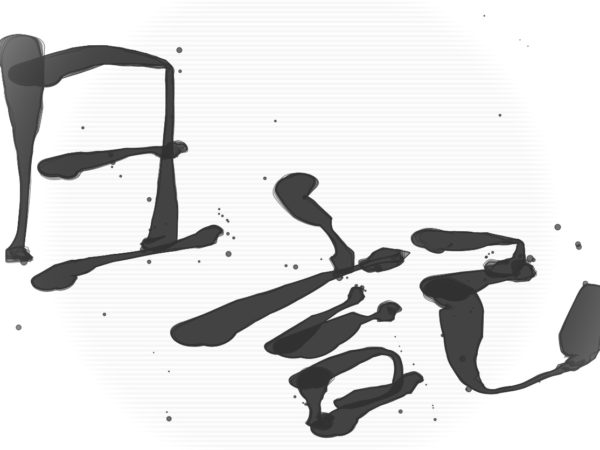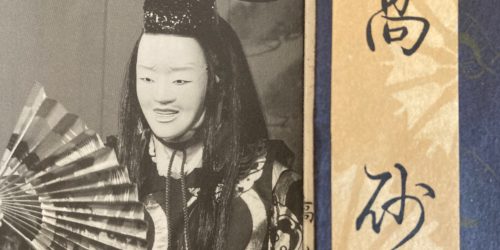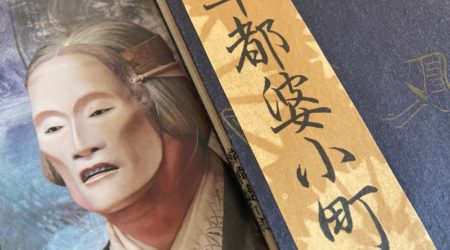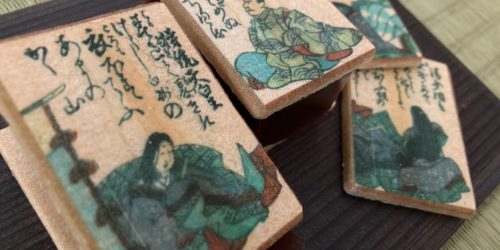“ARIWARA no Narihira” is often introduced as a kind of womanizer, but I don’t think so
A historical Japanese picture scroll is in the possession of the Tokyo National Museum.
It is the “Ise Monogatari Emaki” drawn by Jyokei Sumiyoshi over 350 years ago.
A male aristocrat who is carrying a noble lady on his back is depicted in a part of that picture scroll.
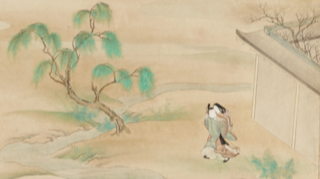
TOKYO NATIONAL MUSEUM Digital Research Archives
I found it very interesting when I saw it for the first time.
This was because his actions in the picture seemed to be inappropriately for an aristocrat.
His name is ARIWARA no Narihira, and he was an actual person.
Surprisingly, he stole the emperor’s fiance and ran away with her on his back.
That situation is depicted in this picture.
This historical picture scroll is about, “Ise Monogatari”.
Ise Monogatari is the biography of a man.
That man is considered ARIWARA no Narihira.
It was written over 1,300 years ago, and its author is unknown.
Narihira’s relationships with women are recorded in it along with his Japanese poems called, Waka.
Ise Monogatari shows that he was popular with women, so he is often introduced as a kind of womanizer today.
But I don’t think so.
If he was just a womanizer, he would never have eloped with the emperor’s fiancee of all things.
It was dangerous.
Actually, the pursuer approached, though they ran desperately, and they were caught at last.
He was relegated to a depopulated area on the charge of abducting the emperor’s fiance.
This punishment was too light for his crime.
I think that Narihira must have been too innocent, and it might be his ability to fascinate women.
Ise Monogatari was possibly revised and edited over and over in ancient times.
I think that it is an expression of ancient people’s affection for Narihira.
In a way, truth may be mingled with falsehood.
But it is thought to be due to his personal magnetism, and I have recognized it as a historical figment.
